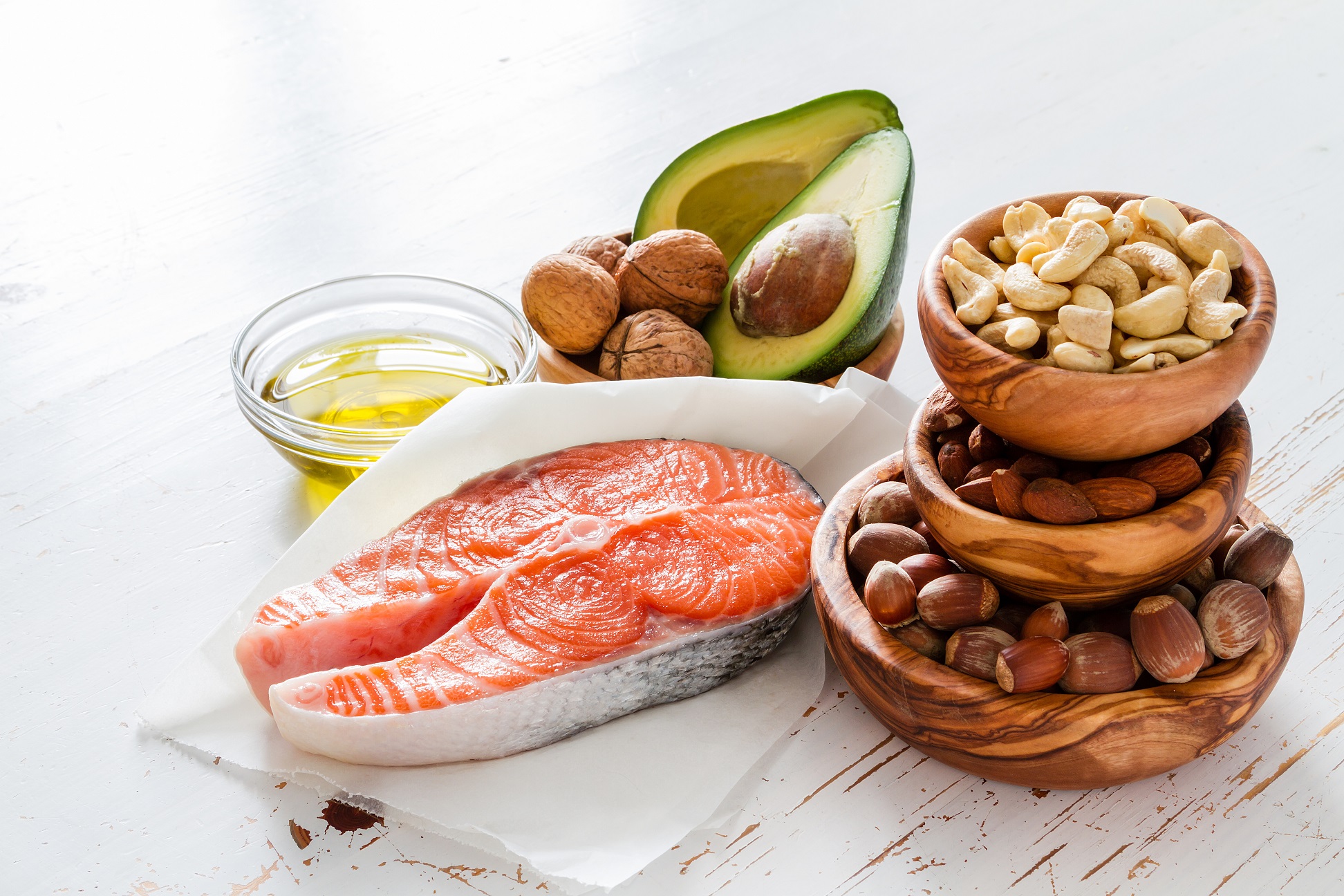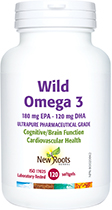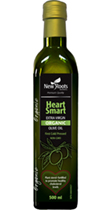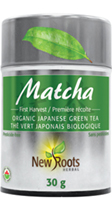How to Protect Your Skin This Summer, From the Inside Out
Summer has arrived and with it, the big topic of sun protection! For most people, that means slathering on the sunscreen (and let’s face it, forgetting to reapply). What you might not realize is that our summer skin-care protection should start before you begin working on your tan. Let’s talk about how to naturally (or close to it) protect your skin, from the inside out.
First, it’s important to remember that sun exposure is important. We need it as a source of vitamin D, which is critical for healthy bones and immune function;[1] it’s also helpful for coping with many chronic conditions such as seasonal affective disorder (SAD), eczema, or autoimmune conditions; and digestive disorders like Crohn’s disease and ulcerative colitis.
What’s the problem, then? Getting too much sun can be destructive to skin cells, especially for people with fair skin, advanced age, or those taking medications which leave them more susceptible to burns and skin damage. The issue is that the ultraviolet (UV) radiation from the sun can damage skin-cell DNA, which can result in skin cancer.[2] This leads to a delicate balance of allowing yourself some exposure, but preventing overexposure and burning. So, when you are exposed to the sun, make sure you are prepared (inside and out) to protect your skin and heal your skin cells!
Natural Ways to Protect and Heal Your Skin from the Inside
Antioxidants are a great way to protect your body from the negative and inflammatory effects of sun damage. They work by scavenging oxidative radical species to neutralize their damaging cellular impacts.[3] Examples of antioxidants are vitamin A, C, and E; selenium; zinc; flavonoids; and polyphenols (we talk more about green tea as a powerful polyphenol below). Making sure your diet is rich in colourful fruits and vegetables is a great way to optimize your antioxidant intake, but you can also assimilate these nutrients with oral supplementation, injection, and intravenous therapies. To give your body a helping hand, you can also reduce your intake of highly oxidative and proinflammatory foods (such as sugar, alcohol, and processed foods).[4]
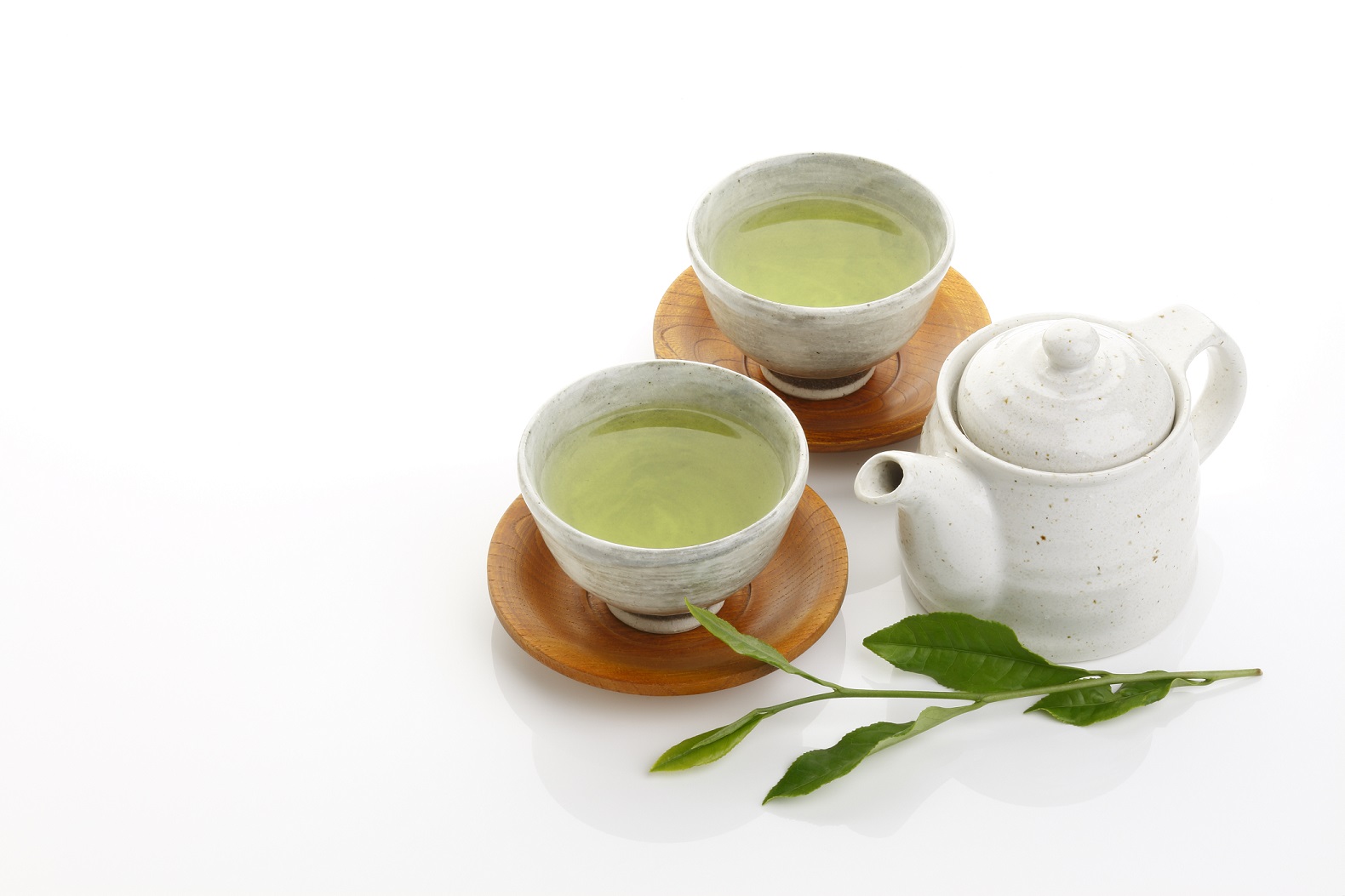 Green tea contains a powerful polyphenol, epigallocatechin-3-gallate (EGCG), that is anti-inflammatory, immunomodulating, and a potent antioxidant. It can prevent and repair damage to your DNA inflicted by the sun to help heal the cells, and it may help prevent skin cancer. Other sources of polyphenols are red wine and milk thistle.[5][6]
Green tea contains a powerful polyphenol, epigallocatechin-3-gallate (EGCG), that is anti-inflammatory, immunomodulating, and a potent antioxidant. It can prevent and repair damage to your DNA inflicted by the sun to help heal the cells, and it may help prevent skin cancer. Other sources of polyphenols are red wine and milk thistle.[5][6]
Healthy fats are another powerful way of controlling inflammation and reducing oxidative damage in the body. Research shows that diets rich in olive oil (containing oleic acid, a monounsaturated fatty acid), such as the Mediterranean diet may protect against skin cancer and aging. Another tactic is restoring balance to the omega-3 / omega-6 ratio. Modern diets in North America tend to be high in omega-6 polyunsaturated fatty acids since we eat a significant amount of meat, eggs, nuts, seeds, and plant-based oils. What we tend to be deficient in is omega-3 polyunsaturated fatty acids. These omega-3s are more anti-inflammatory and often need to be increased to balance their counterpart, omega-6. You can also improve your omega-3 intake by including grass-fed, grass-finished beef,[7] as well as fish and seafood.[8] If you are having difficulties increasing your omega-3 fatty acid intake, supplementing is an option.
Natural Ways to Protect and Heal Your Skin from the Outside
Clothing is a frequently overlooked consideration when it comes to sun protection. Did you know that a regular T-shirt has a relative SPF of 15?[9] That’s the same as many commercial sunscreens. Keep in mind it doesn’t count if you get wet, so you need a backup if you’re in pool. So, if you’re looking to skip the chemicals and stay protected, think about covering up!
Shade is a no-brainer. If you can avoid being out in the sun between 11 a.m. and 3 p.m., then you can reduce your risk of being exposed to the most potent UV rays.[2] If you’re going to get out and about, wear a hat and consider spending some time under a shady tree.
Aloe vera is usually the go-to after-sun skin-care routine, but it’s also great for prevention. Aloe vera protects against both UVA and UVB rays, and it also keeps the moisture in the skin.[6] Next time you’re looking at your bottle of Aloe vera, consider applying some before the burn!

Shea butter is a luxurious product widely used in the cosmetic industry. It’s rich in antioxidants such as vitamin A and E, which improves skin-cell regeneration. It also contains cinnamic acid, which is protective against UV rays.[6]
Zinc oxide is the “not-completely-natural-but-pretty-darn-close” sun protectant. It’s a naturally occurring mineral which has been bonded to an oxide molecule to create a key ingredient in many commercial sunscreens. To broaden UV protection, many of these sunscreens will be paired with titanium dioxide.[10] So, when you’re looking for a mineral-based (nonchemical) sunscreen, this is a main ingredient to look for.
As you gear up this summer, remember that skin protection starts before you even step into the sun. It may mean revamping your seasonal supplement regime, but don’t forget the importance of a healthy diet rich in antioxidants and omega-3 fatty acids. Then, when you’re ready to hit the beach, aim for the early hours or later in the afternoon, hang out in the shade, and don’t forget to cover up. Take care of your skin so that it can take care of you!
References
 Dr. Elli Reilander
Dr. Elli Reilander
Dr. Reilander is a naturopathic physician and educator on Vancouver Island, BC. Her clinical focus includes hormonal health, digestion, and autoimmunity.

 Stores
Stores
